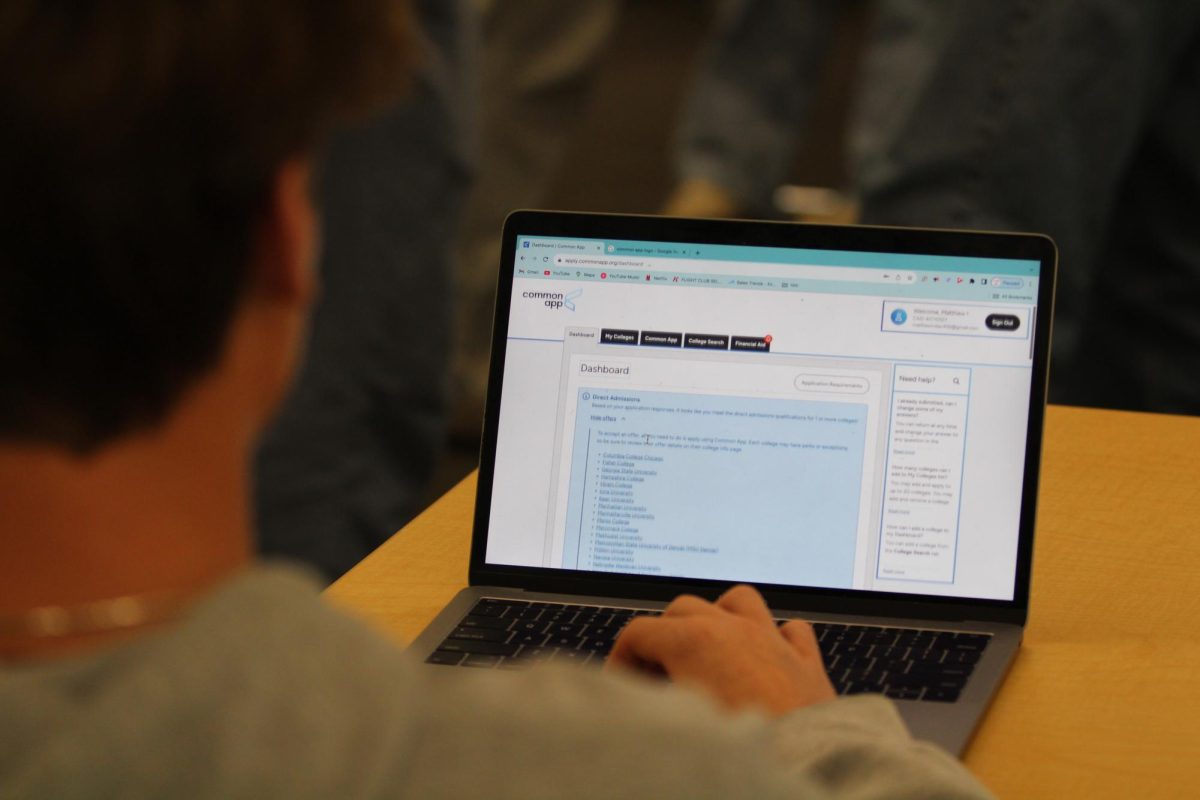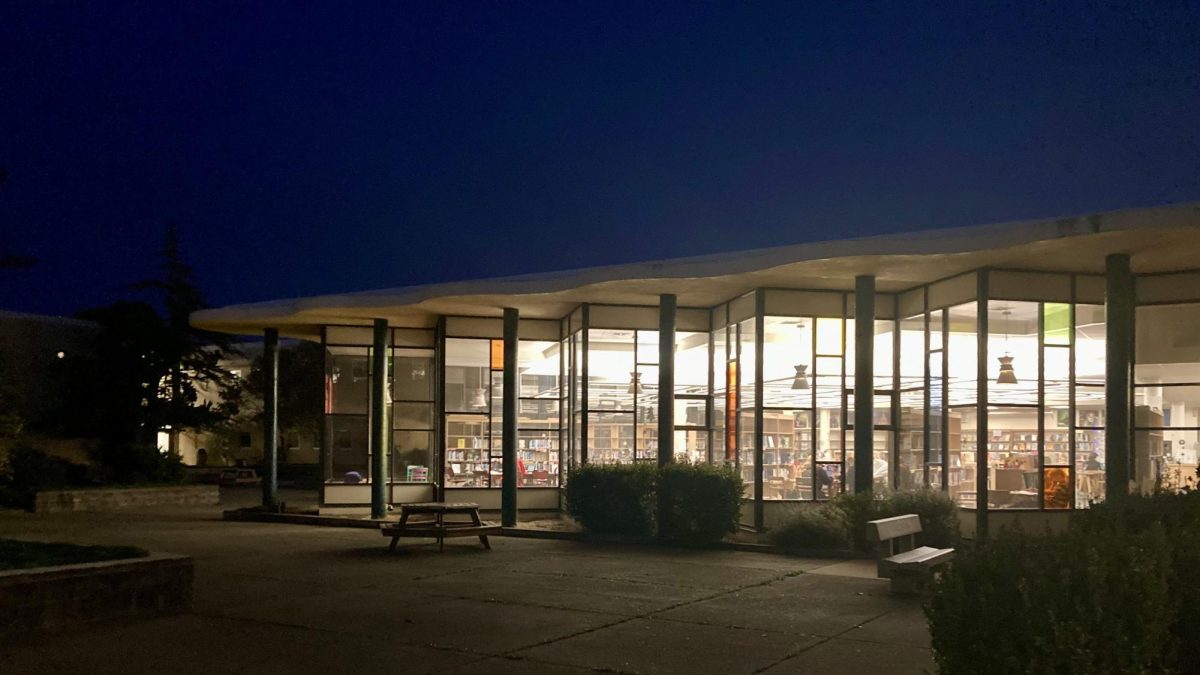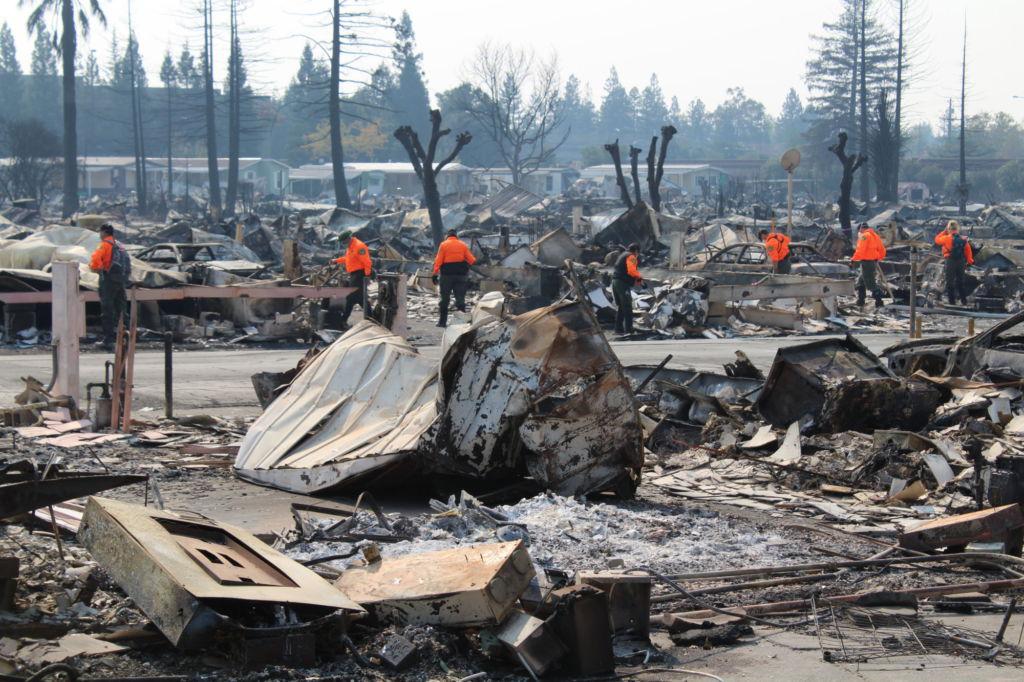
Destructive wildfires burn over 217,000 acres and destroy an estimated 5,700 structures
by Christine Watridge
UPDATED Monday, Oct. 16:
According to Cal Fire, several new fires ignited on Monday Oct. 16, but the 11,000 firefighters have continued to make good progress on the 14 remaining wildfires. Forty one people have been killed, including a private water tender driver assigned to the Nuns Fire. Evacuation orders have been lifted as containment figures increase, but 40,000 people remain evacuated.
Ned Fox, a local firefighter and captain of an Office of Emergency Services (OES) engine, was called out on Sunday night at 1:30 a.m. to a fire on Highway 37 and Lakeville Road. His unit spent two hours dealing with the grass fire, and at 4 a.m. proceeded to the Atlas Fire in Napa County.
Fox, who has worked for the past week with his unit trying to save houses as well as infrastructures, estimates that he lost eight houses to the fire.
“Not just houses but the infrastructure is what we’re trying to protect as well: power lines, water treatment facilities, sewer treatment plants, whatever is out there that needs protection,” Fox said.
Fox and his unit worked for 60 hours straight, as there were no resources to relieve them until Wednesday and Thursday, when crews from Southern California, Arizona, Nevada, Utah, Oregon and Washington arrived.
“There’s guys that have been out there doing incredible work on the other fires up in Santa Rosa. I’ve talked to one of the fire chiefs from Mill Valley who lost his home; he probably saved like 40 people,” Fox said. “There’s so much destruction and devastation, but it brings people together in just a way that helps the neighbors, helps each other.”
Fox believes the fires are starting to die down, and crews from Southern California are returning to their stations in preparation for the Santa Ana winds down South.
____
As of Sunday, Oct. 15, nearly 11,000 firefighters are battling 15 large wildfires in California, which have burned approximately 217,566 acres. The death toll has risen to 40, while crews continue to search for missing people. Governor Jerry Brown declared a state of emergency in Butte, Lake, Mendocino, Nevada, Orange, Napa, Sonoma and Yuba counties on Monday, Oct. 9. Around 75,000 people are currently evacuated due to the fires, which have destroyed an estimated 5,700 structures.
The effects of these fires can be felt locally at Redwood. Due to poor air quality from the smoke, athletic practices were halted last week and school was canceled on Friday. A recent email from the Tamalpais Union High School District (TUHSD) stated that all district schools will be open on Monday, Oct. 16, but athletic practices will not resume until Tuesday.
“While progress has been made on the fires to the north, the situation remains fluid and we will continue to work closely with the Marin County Office of Education and Marin Public Health Officer, Matt Willis, to monitor air quality throughout the week,” the email from TUHSD Superintendent David Yoshihara and Marin County Superintendent Mary Jane Burke said.
The fires sparked last Sunday night (Oct. 8 and 9), forcing many people to evacuate with little or no time to gather possessions. This includes Gustavo Angel Vences, an evacuee from Sonoma who drove to the Marin County Civic Center shelter with his family straight from work Sunday night.

“It was probably around [2 a.m.] when my coworker was like ‘eh, let’s leave because the fire’s coming’ and I was like ‘what fire?’” Vences said. “I saw smoke, ashes everywhere, so I got really scared, so my parents came to pick me up and we drove to San Rafael.”
Another evacuee staying at the Civic Center shelter, 10-year-old Alan, from Sonoma, took about 30 minutes to evacuate from his house after his brother woke him up.
“Everything was hot, and then on our way to San Francisco, we saw a whole line of fire,” Alan said.
The five largest fires are currently the Tubbs Fire in Napa County, the Atlas Fire in Napa and Solano Counties, the Nuns Fire in Sonoma County, the Redwood Fire in Mendocino County and the Pocket Fire in Sonoma County.
Many evacuations have been lifted as significant progress has been made to contain the wildfires, with at least 25 percent containment (Nuns and Pocket Fires) to 60 percent containment (Tubbs Fire). According to paramedic firefighter and Redwood parent Gavin Aubert, most people don’t completely understand what containment actually means.
“People will think ‘oh, so containment means they’re putting it out.’ That’s not the case. What we’re trying to do is contain it to an area. So just because everybody says ‘hey, there’s 100 percent containment’ that doesn’t mean that it’s 100 percent put out. All that means is that it’s contained to a certain area, it’s still burning inside the containment area,” Aubert said. “The danger with that is containment means it’s not moving outward, but it’s actually burning inside, so when it’s still burning inside winds can totally shift, and it completely can push it to another area.”
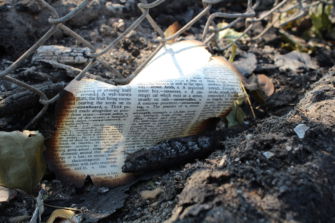
After containing a fire, a process Aubert calls “mop-up” occurs to put out the fire, which includes spraying a continued supply of water and retardant on the flames as well as digging up the surrounding mineral soil to prevent burning.
“That’s painstaking because you want to make sure that somehow the winds don’t come back and dry out the grass and start another ignition,” Aubert said.
The cause of the fires is unknown and still under investigation. Aubert noted that the high winds and low humidity increased fire danger substantially.
“I remember two days prior to this happening red flag warnings all throughout the area, especially through the hills and the valleys. They did foresee the winds coming, and when there’s wind, it drives everything out and makes high fire danger,” Aubert said.
Aubert, who works in a small department in Albany, Alameda County, will head up to battle the fires on Tuesday, relieving those from his department who have been working for seven days.
“[The firefighters] called probably once a day to check in with us, our department, and they’re exhausted. They’re doing double-time, and they know it’s important because there’s lives at stake right now, so if you don’t get a handle on this right now, more people will perish,” Aubert said.
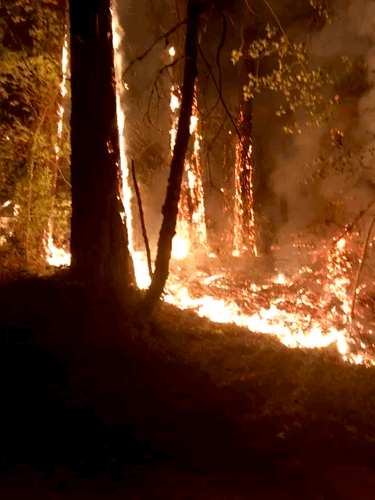
The seven-day shifts usually consist of 24 hours of nonstop work followed by 24 hours of rest time. However, Aubert states that sometimes this is not the case, especially with larger disasters.
“You don’t go against the rules, but if there’s nobody there and you see things happening, chances are firefighters are gonna say ‘let’s just get things done, I’ll deal with sleep another time, there are people up here that are really depending on us,’” Aubert said.
Aubert said that he treats every person like family on the job because that’s how he would want his own family to be treated.
“My motto is I think of the person I’m treating as a paramedic or a firefighter as ‘that could be your mom, that could be your sister, your aunt, that could be any family member’ so that’s the way you must treat them,” Aubert said.
While Aubert said that every fire is important to get under control, these fires hold a little more gravitas for him.
“This [fire] takes a little bit more meaning because you know some people that are up there and also you can see it everyday when you see people coming in [from evacuated areas],” Aubert said.
The amount of damage the fire has caused is devastating to some, according to Aubert, but he has seen those that still retain a positive outlook.
“It’s really disheartening; [people have] lost everything,” Aubert said. “I talked with this nice lady and her family and she said ‘We’re just glad to have our family, and our house is gone.’ They’re coming to grips with it.”
California is more susceptible to wildfires than most places in the country, according to Aubert, due to the weather patterns that occur, including winds from Northern California and dry weather. The increase in people moving to more wooded areas also contributes to fire danger.
“You’ve got the weather patterns, people moving out of the cities into wooded areas, going higher in elevation, making for catastrophes,” Aubert said. “The people in the fire service industry know this was gonna [happen], there’s nothing you could do about it; all they can do is do preventative things.”
According to Aubert, preventative things such as creating defensible spaces can lower the risk of fire damage.
“You can’t really make [a house] completely safe, but it’s called defensible space; if you live in a wooded area, you’re supposed to have anywhere within 30 feet around the whole perimeter of the structure cleared out, with mineral soil,” Aubert said. “It just means clear anything out near your roof; trees need to be limbed, foliage that’s dry needs to be taken away.”
Current fire stats
- Tubbs Fire
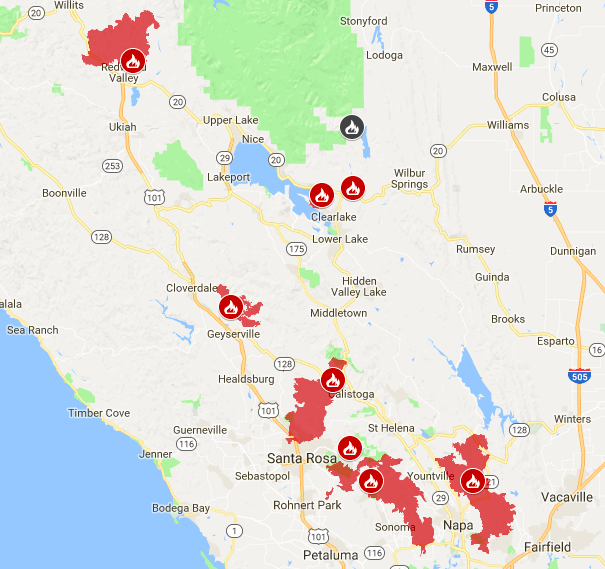
The five largest fires are currently the Tubbs Fire in Napa County, the Atlas Fire in Napa County and Solano County, the Nuns Fire in Sonoma County, the Redwood Fire in Mendocino County and the Pocket Fire in Sonoma County. - Start time: Oct. 8, 2017 9:45 p.m.
- County: Napa County, Hwy 128 and Bennett Ln, Calistoga
- Acres burned: 35,470 acres, 60 percent contained
- Atlas Fire
- Start time: Oct. 8, 2017 9:52 p.m.
- County: Napa County, Solano County, off of Atlas Peak Rd, south of Lake Berryessa
- Acres burned: 51,057 acres, 56 percent contained
- Six fatalities
- Nuns/Adobe/Norbom /Partrick/Pressley fires
- Start time: Oct. 8, 2017 10:00 p.m.
- County: Sonoma County, Hwy 12, north of Glen Ellen
- Acres burned: 47,106 acres, 25 percent contained
- Friday Oct. 13, the Partrick Fire and Pressley Fire merged into the Nuns Fire.
- Redwood / Potter Fires
- Start time: Oct. 8, 2017 10:36 p.m.
- County: Mendocino County, North of Hwy 20, west of Mendocino National Forest, south of Black Bart
- Acres burned: 35,000 acres, 35 percent contained
- Eight fatalities
- Pocket Fire
- Start time: October 09, 2017 3:30 a.m.
- County: Sonoma County, Pocket Ranch Rd and Ridge Ranch Rd, Geyserville
- Acres Burned: 11,246 acres, 25 percent contained
All fire information in the article is courtesy of Cal Fire. Current as of Oct. 15.








